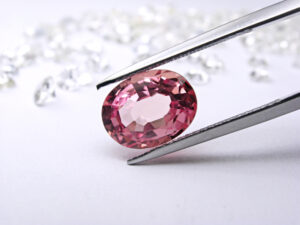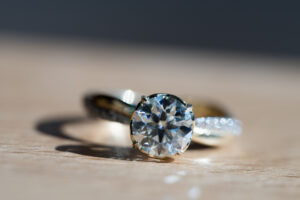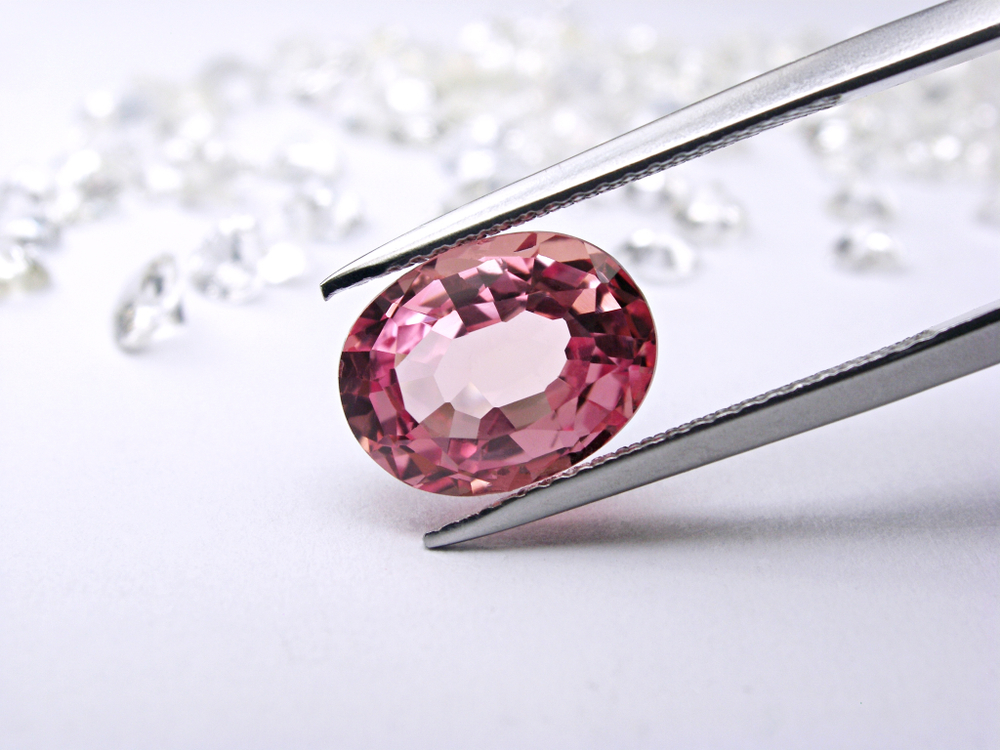
Checking the quality of a lab-grown diamond is the same as that of checking the quality of mined diamonds. Even though both types of diamonds have different origins, they are actually similar in terms of chemical, physical, and optical properties. The reason why most people choose lab-grown diamonds for engagement rings these days is that they are the most ethical option. Shared below are a few ways to ensure the quality of mined diamonds.
Color Quality
Your diamond’s color quality may have a massive effect on its worth. The ideal diamond is colorless, and even a speck of color can drastically lower the value of your diamond. As you progress down the color scale, you’ll notice hints of yellow or brown in the diamonds, and this colored hue lowers the diamond’s worth and quality. Most of these color differences are so faint that the untrained eye would miss them.
Carat Weight
The most fundamental of the 4Cs is the carat weight. The carat weight of a diamond is determined by using a certified digital scale. The carat weight of a diamond is frequently related to its value and quality, as bigger diamonds are normally valued more than smaller ones. A diamond designated one carat in the market may really weigh 0.89 carats, due to a typical practice in retail establishments of rounding up the value of a piece to make it appear more valuable.
Cut Quality
The cut quality is very important in terms of appearance. Each angle and facet of a very well stone reacts with light brilliantly, creating a diamond that dazzles. The cut grade of round diamonds is very objective, but the cut grade of fancy diamonds is a little more subjective. A professional cut aims to achieve the right contrast between the light and dark portions of your diamond for a bright, crisp look.
Clarity

Another important aspect to comprehend is your diamond’s clarity rating. A perfect stone has no flaws or surface defects, but a diamond with a poor clarity grade will have visible inclusions and may even have chipping or other surface irregularities. Since diamonds with superior clarity grades are uncommon in nature, clarity is significant in determining the value of a diamond. A diamond with a poor clarity grade would be less dazzling and may even look hazy.
Diamond Certificate
A third-party authorization of a diamond’s quality is known as diamond certification. The diamond acquirer is not certifying this. Because of diamond scams, these have become much more essential. To guarantee that diamond certificates are genuine, they have a variety of security features.
